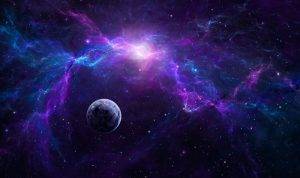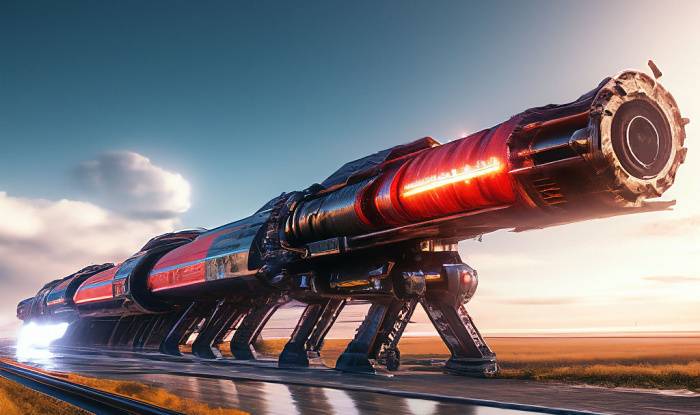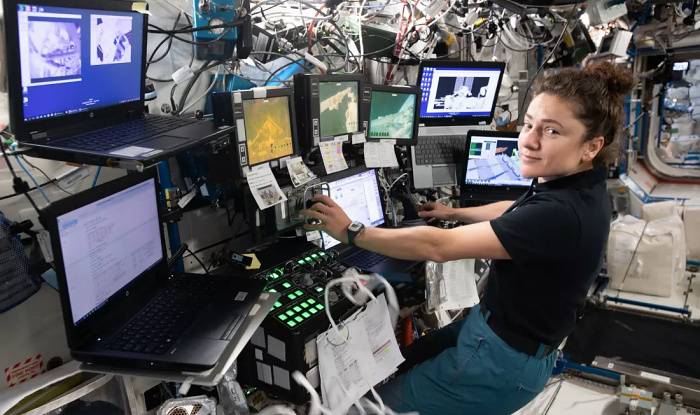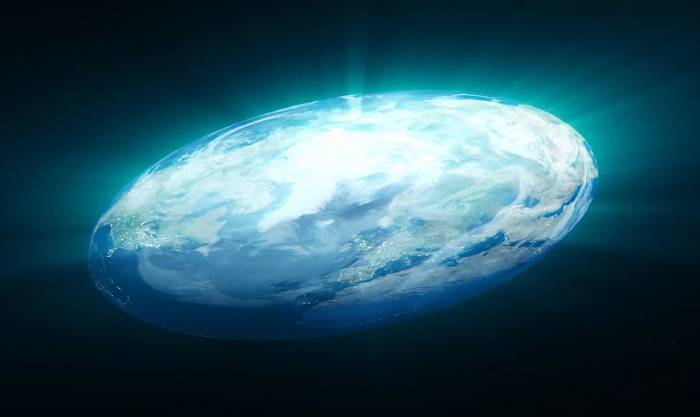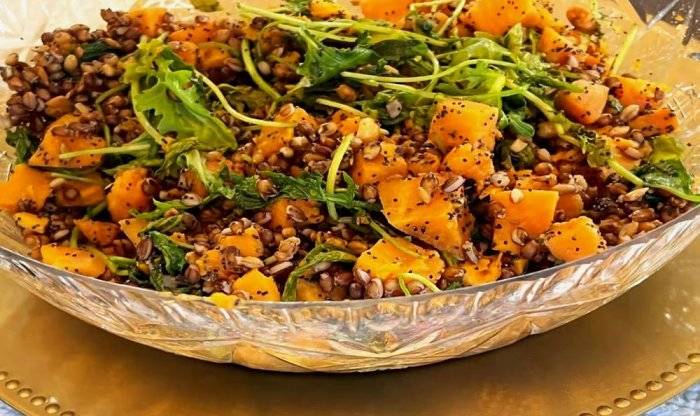The low concentration of CO2 on Earth is due to the fact that this gas is absorbed by the huge volume of water on Earth. The higher the CO2 concentration, the less water on the exoplanet, and vice versa. But the presence of water alone does not guarantee the origin of life on a cosmic body. This is only a basic marker, for example, because the James Webb Space Telescope is very good at measuring CO2 levels on exoplanets.
Space
Adverts
Adverts
The idea is to accelerate the target to a speed of at least Mach 1.6 by using ‘terrestrial’ energy – nuclear power plants, large amounts of explosives or something else. This would eliminate the use of a rocket’s first stage and the huge amount of fuel in it. After acceleration, the spacecraft, already in the thin stratosphere and at high altitude, turns on the thrusters and gets to space with minimal effort.
Adverts
Kioxia (a subsidiary of Toshiba, Japan), together with the US Hewlett Packard Enterprise, developed and sent to the ISS a composite solid-state SSD drive with a total capacity of 130TB. It is designed for the HPE Spaceborne Computer-2 orbital computer.
Now, thanks to the efforts of Kioxia and NRE, this can be done on-site, reducing the size of data transmitted by a factor of 30,000. Among the tasks to be performed are healthcare experiments, monitoring the restoration of nature and infrastructure after natural disasters, working with AI, 3D printing and other operations.
Adverts
As explained by Dr Dimitris Stamatellos, in modelling the formation of cosmic bodies, scientists have always defaulted to the idea that the accumulation of matter occurs in the form of a sphere. In this case, the very process of attraction to each other particles of dust and dirt from interstellar space proceeds very unevenly. Researchers used modelling with the help of a supercomputer to test various hypotheses.
Adverts
An international team of scientists led by Professor Volker Hessel from the University of Adelaide has developed a dish that is ideal for astronauts. It turned out to be a vegetarian salad. Researchers through linear programming selected its composition so that the astronaut’s body receives the necessary nutrients in optimal proportions. It was also necessary to minimise water consumption and the area required to grow its components on board the spacecraft.
People in space have to use more energy than on Earth. In addition, weightlessness ‘takes away’ from the organism many microelements, the supply of which is critical. As a result, the ‘space’ salad included sweet potatoes and/or sunflower seeds, peanuts, barley and cabbage, soya beans and poppy seeds. Analyses have shown that it still lacks some micronutrients – but this is planned to be remedied with appropriate supplements.
Adverts

